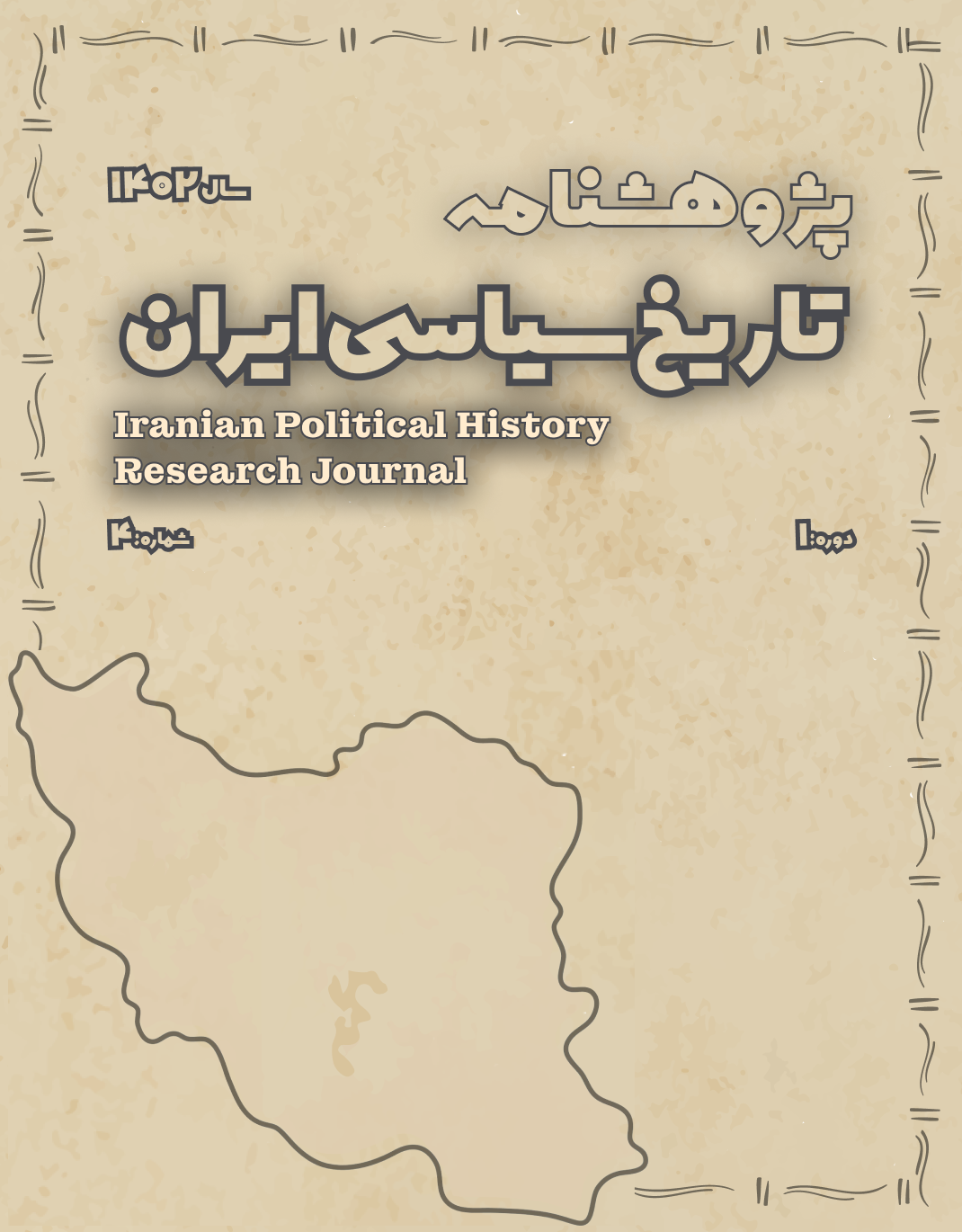سیاست اسکان قبایل در عهد صفوی به مثابه راهبرد کنترل سیاسی فضاهای حاشیهای
کلمات کلیدی:
صفویه, اسکان قبایل, دولتسازی, کنترل فضا, قبایل شاهسون, قبایل ترکمان, سیاست مرزیچکیده
این مقاله به تحلیل سیاست اسکان قبایل در دوره صفویه به مثابه ابزاری برای کنترل سیاسی فضاهای حاشیهای میپردازد. دولت صفوی، در مواجهه با چالشهای قومی، جغرافیایی و امنیتی، از راهبرد جابهجایی و اسکان قبایل بهعنوان مکانیزمی برای تحکیم اقتدار مرکزی، نظمبخشی به مرزها و مدیریت فضاهای ناپایدار بهره گرفت. پژوهش حاضر با استفاده از روش تحلیل تاریخی–تفسیری و بر مبنای منابع دست اول و دوم معتبر، نشان میدهد که اسکان قبایل شاهسون، ترکمان، کرد و غلامان گرجی و چرکسی نهتنها ساختار قدرت محلی را تغییر داد، بلکه فرایند دولتسازی صفوی را نیز تسریع بخشید. یافتههای تحقیق حاکی از آن است که اهداف دولت از این سیاست شامل کنترل نظامی، بهرهبرداری اقتصادی، همگونسازی فرهنگی و بازتعریف وفاداریهای سیاسی بود. با وجود برخی مقاومتهای محلی، در بلندمدت این سیاست موجب شکلگیری جوامع چندقومیتی، تثبیت حاکمیت مرکزی و بازسازی فضاهای مرزی شد. مقاله نتیجه میگیرد که سیاست اسکان قبایل یکی از ارکان اساسی پروژه دولتسازی صفویه بود که نه تنها در ابعاد نظامی، بلکه در سطح اجتماعی و فضایی نیز آثار پایدار برجای گذاشت. در پایان، پیشنهاد شده است که پژوهشهای آتی به مقایسه تطبیقی این سیاست در دورههای قاجار و عثمانی پرداخته و ابعاد تطور مفهوم کنترل فضایی در دولتهای پیشامدرن را بیشتر بررسی کنند.
دانلودها
مراجع
Babaie, S. (2004). Isfahan and Its Palaces: Statecraft, Shi'ism and the Architecture of Conviviality in Early Modern Iran. Edinburgh University Press.
Eskandar Beg Munshi. (1978). The History of Shah Abbas the Great (W. M. Floor, Trans.). Westview Press.
Floor, W. (2001). Safavid Government Institutions. Mazda Publishers.
Lefebvre, H. (1991). The Production of Space. Blackwell.
Matthee, R. (1999). The Politics of Trade in Safavid Iran: Silk for Silver, 1600–1730. Cambridge University Press.
Migdal, J. S. (2001). State in Society: Studying How States and Societies Transform and Constitute One Another. Cambridge University Press.
Mitchell, C. P. (2009). The Practice of Politics in Safavid Iran: Power, Religion and Rhetoric. I.B. Tauris.
Newman, A. J. (2006). Safavid Iran: Rebirth of a Persian Empire. I.B. Tauris.
Savory, R. M. (2007). Iran under the Safavids. Cambridge University Press.
Scott, J. C. (2009). The Art of Not Being Governed: An Anarchist History of Upland Southeast Asia. Yale University Press.
Tapper, R. (1997). Frontier Nomads of Iran: A Political and Social History of the Shahsevan. Cambridge University Press.









